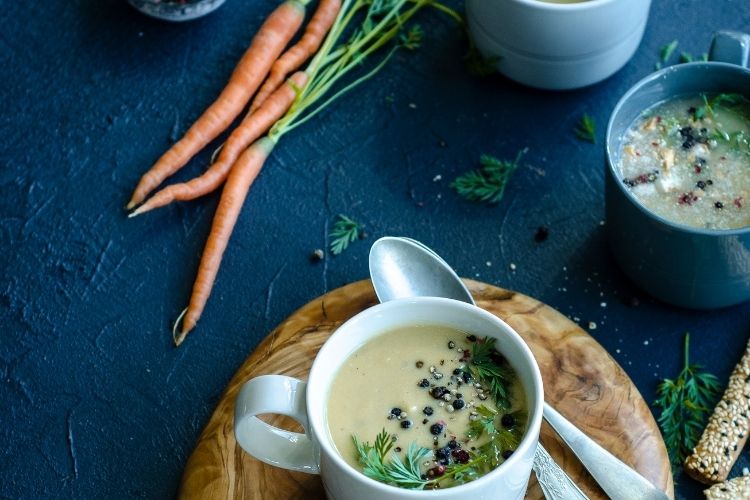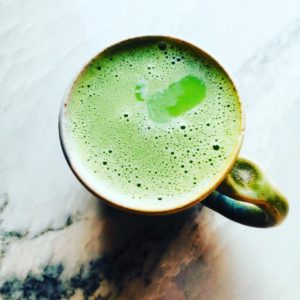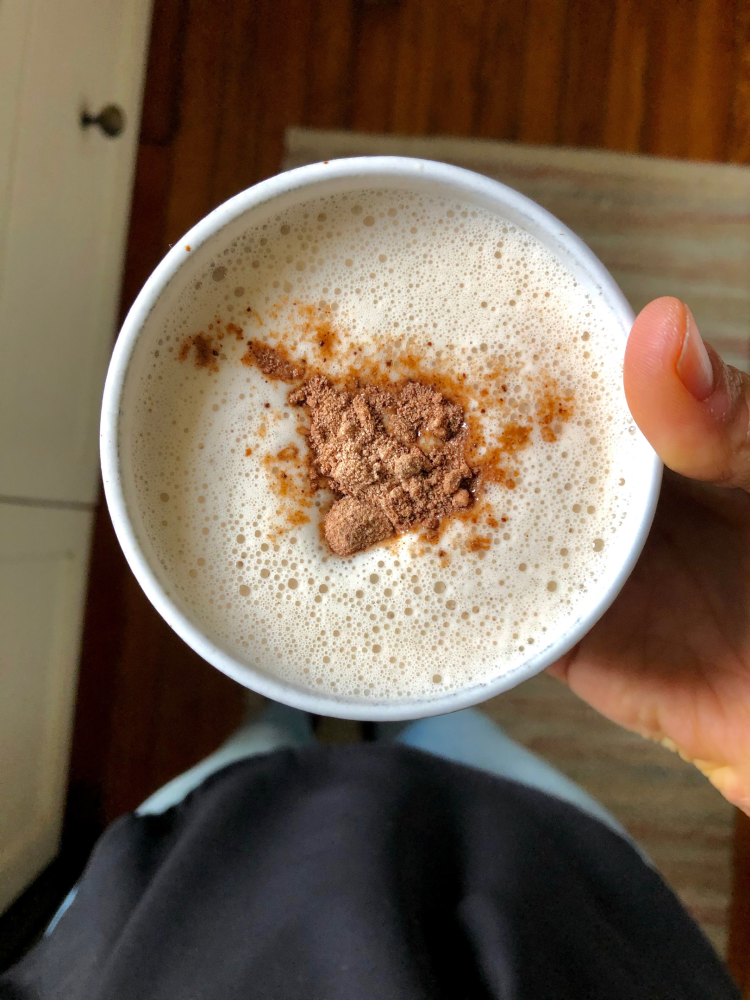
Our Gateways into Resetting for the New Year
Every year around all parts of the globe there are celebrations of a new year. In America, it falls on the first of January with the common expectation to set some sort of a resolution for the new calendar year ahead. As I’ve mentioned in my monthly Shakti Letter every January, I don’t really love the idea of New Year’s resolutions. Instead of setting resolutions, I like to think about setting goals that will support any idea of a resolution. For example, if you don’t want to binge eat ice cream every night, rather than restricting ice cream all together, why not integrate a mindfulness practice to cultivate more presence with your behavioral patterns?
Do you know what you are?
You are a manuscript oƒ a divine letter.
You are a mirror reflecting a noble face.
This universe is not outside of you.
Look inside yourself;
everything that you want,
you are already that.
Rumi
You are your biggest resource when it comes to getting more of what you want. The key is being connected to your higher self, the part of you that intuitively knows what is best for you and your success. One of the best ways to reconnect to your higher self, is to do a full body reset. The reset is intended to stoke your internal fire (your metabolic processes) and the fire of your soul. These tips and practices will activate your spirit while also allowing the body to find more space for restfulness, ease, and clarity. This kind of reset can be done at any time of the year (and multiple times throughout the year).
Reset Your Gut
This will look differently for each person, but a very simple way to reset the gut and break bad habits around food, is to commit to eating real and whole foods. Ditch the sugar all together and focus on foods that are as closest to their natural form as possible. Cook your own food and eat in a way that works for you. Try for Ayurveda-focused eating: eat with the season, eat for what’s going on in your life, and eat for your body type (not your best friend’s body type, your sister’s or your husbands).
In general, aim to boost Agni (digestive fire). Add digestive spices to all your dishes (fennel, coriander, cumin, and ginger). Eat light. Eating light does not mean fasting. It’s fully possible to eat grounding and nourishing foods while also eating light. Give your digestion a break. Create longer gaps between meals. Consider eating your largest meal earlier in the day and go lighter in the evening (simple soup or broth).

Take Triphala (use code KATIES15 for 15% off). Triphala is the sacred trio in Ayurveda composed of the dried fruits amalaki, bibhitaki, and haritaki, and can be super helpful in getting your digestion in check and the whole body operating more functionally.
Move your body in the morning. Dry brushing, stretching, and oil massage will help to get the lymph circulating and the internal organs stimulated which will help with digestion and energy production.
Reset Your Brain
One of my favorite teachers, Tara Brach, said,
“In moments of presence is when we reconnect with goodness”
Goodness is a positive brain state. It’s when we can be in a flow state, when we are productive, and most energetically alive. How can you best find your connection to goodness? You may already know what activities bring you into your own innate goodness (and if you do, do more of those). But, for most people, these are some practices that are bound to help.

Explore meditation. Even just five minutes a day can drastically improve the quality of your day. In life we are in a continuous flow of remembering and forgetting (our higher self). When we take time to slow down we often come back to remembering.
Immerse yourself in nature. Take a long walk, go to a park, or find a mountain and get to the top!
Try a week-long digital detox. This is such a great way to get more centered in your True Self. Unfortunately, as a society we’ve become far too addicted to devices and distraction. It’s essential that you find your own healthy limit with how much energy you invest in mindless scrolling. Exercise for you. Again, stick to what works for you. What makes you feel the most alive and full of energy afterwards when it comes to movement practices? Maybe it’s daily stretching, taking a walk, or maybe you have a lot of Kapha energy and need a morning run. Whatever it is, do some sort of movement that elevates your energy.
Reset Your Heart
Matters of the heart can be difficult to heal. And more often than not it takes a lot of time. By resetting the gut and the brain first, you will have better luck when it comes to healing the heart. If you are experiencing any trauma related emotions, it is best to work with a professional in somatic experience who can help you navigate that space.
Manage your stress levels. This is something you can start doing now. Stress plays a huge role in emotional well being (which also leads to a lot of physiological effects as well). When we are stressed, we are disconnected. Become more familiar with the ways you disconnect so that you can best prepare yourself for when it comes up.
Take time for prayer. Praying doesn’t have to be a religious act. Prayer can be mantra reciting, it can be through repetition of a positive affirmation, or it can look totally different.
Keep a journal and write in it. Getting your thoughts on paper will help you to sort through your emotional hang ups or will simply help to process the day. It is in journaling when I gain some of my best inspiration.
Manage your time + make the time to unwind and relax. In our go, go, go society there can often be pressure associated with non-stop doing. Push against this societal norm and make space for doing nothing. It is in that space where you will be able to find stillness, your body can decompress, and your heart will have the time to heal and make peace. Check out this Inner Bliss Meditation to start finding ease and more aliveness in the heart.

And, Sleep!
High quality sleep is vital for optimal brain function, heart health, mood, hormones, and the list can go on and on. It’s crucial for resetting your whole nervous system into a state of balance and resiliency. And it’s not just about the amount of sleeping hours you get in a night, but the quality of your sleep too. The largest sleep study ever conducted (on 1.1 million people) showed that it’s quality, not quantity, that matters most. (1) And, at least half of all Americans say they suffer from insomnia, and nearly 9 million are using prescription sleep medication. (2)
To jumpstart your sleep, start by limiting the use of blue light at night. These are my favorite Blue Light Blockers. Turn off the screens three hours before bedtime.
Up your healthy fats. Make sure you are getting enough healthy sources of fat throughout the day: avocado, olive oil, ghee, and fish oils are all great sources.
Ditch the caffeine and alcohol + add in the magnesium. I know this can be hard, but higher amounts of coffee and alcohol really disrupt the quality of sleep. Try it out for a month and see how you feel. Replace your evening nightcap with a warm Ojas Nightly Tonic from Lifespa.
Finding ways to reset your system will be super helpful year round (sometimes even mini resets throughout each day). We are learning to lean into these times of uncertainty and uncertainty can be a really difficult realm to navigate. The key is to be present. When we are present in each moment it’s easier to make decisions in our day to day life. As human beings it is our habit and condition to want life to be different when life isn’t easy. The truth is life will always be uncertain, so it’s all about how you set yourself up for success and respond to it.
By finding ways to focus and connect to presence, love, and your inner spirit you will be guided with much more awareness and acceptance of what’s to come.
Resources:
https://www.ncbi.nlm.nih.gov/pmc/articles/PMC3010336/
https://aasm.org/cdc-analysis-finds-low-rate-of-prescription...



















